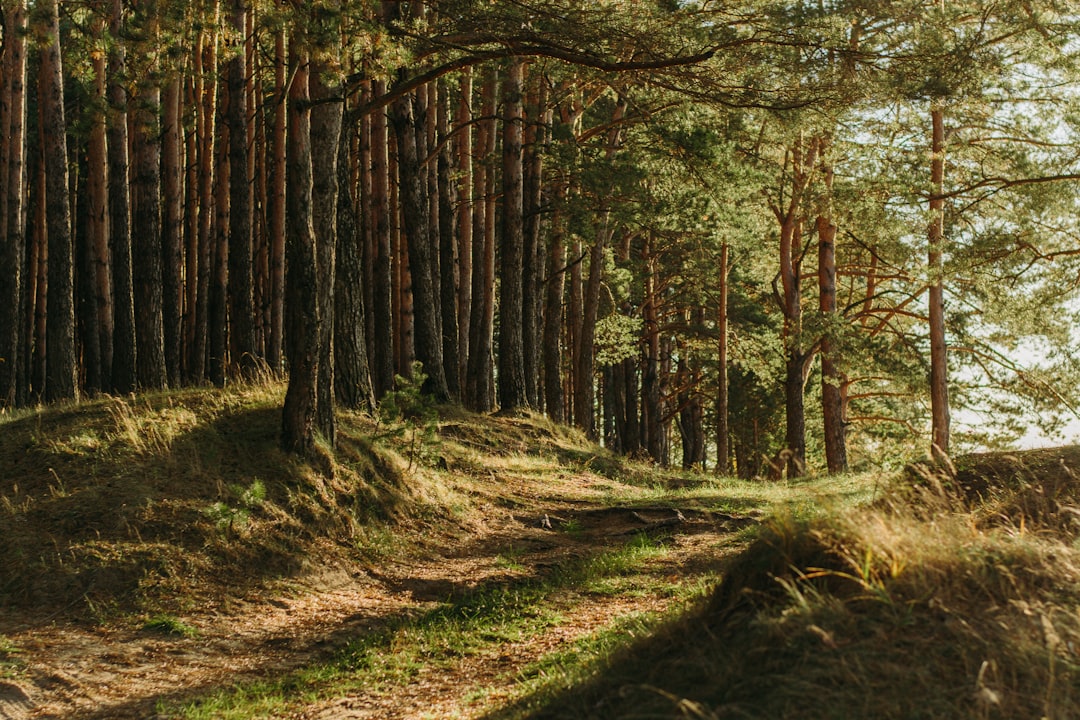Forests are among the most vital ecosystems on Earth—home to more than 80% of terrestrial species, providers of clean air and water, and critical buffers against climate change. Ironically, these very ecosystems are also highly vulnerable to the changing climate. As global temperatures rise and weather patterns shift, forests are experiencing profound and often unpredictable changes, with consequences that ripple across biodiversity, human communities, and the planet’s climate system itself.
In this blog post, we explore how climate change is affecting forest ecosystems, the cascading impacts of those changes, and what can be done to help forests adapt and thrive in a warming world.
🌡️ How Climate Change Affects Forests
Climate change manifests in multiple interconnected ways that impact forests directly and indirectly:
1. Rising Temperatures
Higher average temperatures affect tree physiology, growth rates, and species distribution. Some species may benefit from longer growing seasons, but others—especially those adapted to cooler climates—may suffer from heat stress and water loss.
2. Changes in Precipitation
Altered rainfall patterns—more intense storms, prolonged droughts, or reduced snowpack—can disrupt soil moisture, seedling establishment, and overall forest health. Water-stressed forests are more prone to disease, dieback, and wildfires.
3. Increased Frequency of Extreme Events
Climate change has been linked to more frequent and severe storms, floods, droughts, and wildfires. These events can cause extensive tree mortality, fragment habitats, and reshape forest landscapes.
4. Shifting Growing Zones
As climates warm, the ideal range for many tree species is moving poleward or to higher elevations. However, migration is often limited by geography, soil types, or human development, leaving many forests stranded in unsuitable conditions.
🌲 Ecological Impacts on Forest Ecosystems
The stress caused by climate change triggers a wide array of ecological consequences:
1. Species Mismatch and Loss of Biodiversity
Changes in climate can disrupt synchrony between species, such as flowering times and pollinator availability, or predator-prey relationships. Some plants and animals may not adapt quickly enough, leading to population declines or extinctions.
2. Increased Pest and Disease Outbreaks
Warmer winters and longer summers allow forest pests (e.g., bark beetles) and pathogens to thrive, expanding their ranges and causing widespread tree mortality. Climate-stressed trees are also more vulnerable to infestations.
3. Altered Forest Composition
With changes in temperature and moisture, some tree species may decline while others become dominant, transforming the structure and function of entire forest ecosystems.
4. Carbon Cycle Disruption
Forests act as carbon sinks, absorbing vast amounts of CO₂. However, when forests die, burn, or degrade, they release carbon back into the atmosphere—turning from carbon sinks into carbon sources and accelerating climate change.
🌍 Societal and Economic Consequences
Human communities depend on forests for timber, food, water regulation, recreation, and cultural values. Climate-driven changes in forests can therefore:
-
Threaten livelihoods in forestry and agriculture.
-
Increase wildfire risk to homes and infrastructure.
-
Affect water quality and availability in downstream communities.
-
Undermine Indigenous practices and spiritual connections to the land.
-
Reduce eco-tourism opportunities in regions dependent on scenic forest landscapes.
🌱 Adaptation and Resilience Strategies
While the challenges are immense, there are proactive steps we can take to help forests adapt and become more resilient:
1. Climate-Smart Forest Management
Adjusting forest management practices to consider climate risks—such as thinning dense stands, protecting watersheds, and promoting native species diversity—can help forests better withstand stress.
2. Assisted Migration
In some cases, relocating tree species or genotypes to areas that match their future climate niche can support long-term survival, though this approach must be undertaken carefully to avoid ecological disruption.
3. Monitoring and Research
Ongoing observation through remote sensing, field studies, and citizen science helps us track climate impacts and inform responsive management strategies.
4. Forest Restoration and Reforestation
Restoring degraded lands and planting climate-resilient tree species enhances ecosystem function and carbon storage, particularly when local communities are involved in planning and stewardship.
5. Policy and Global Action
Protecting forests at scale requires strong environmental policies, international cooperation, and meaningful climate mitigation efforts to limit global temperature rise.
🌿 What You Can Do
Even individuals can play a role in protecting forests in the face of climate change:
-
Support sustainable forest products and certified wood.
-
Plant native trees and green urban areas to enhance local resilience.
-
Reduce your carbon footprint through energy efficiency, diet changes, and low-emission transport.
-
Advocate for climate action at local and national levels.
-
Donate or volunteer with organizations focused on forest conservation and restoration.
🌳 Conclusion
Forests are both a victim of climate change and a key part of the solution. As climate pressures mount, the resilience of these ecosystems is being tested like never before. Yet with informed action, sustainable practices, and a commitment to global cooperation, we can help ensure that forests continue to thrive—and continue to protect us—in a changing world.
Safeguarding our forests is not only about trees. It’s about preserving life, climate stability, and our collective future on this planet.

Comments
No comments yet. Be the first to comment!
You must be logged in to comment. Login